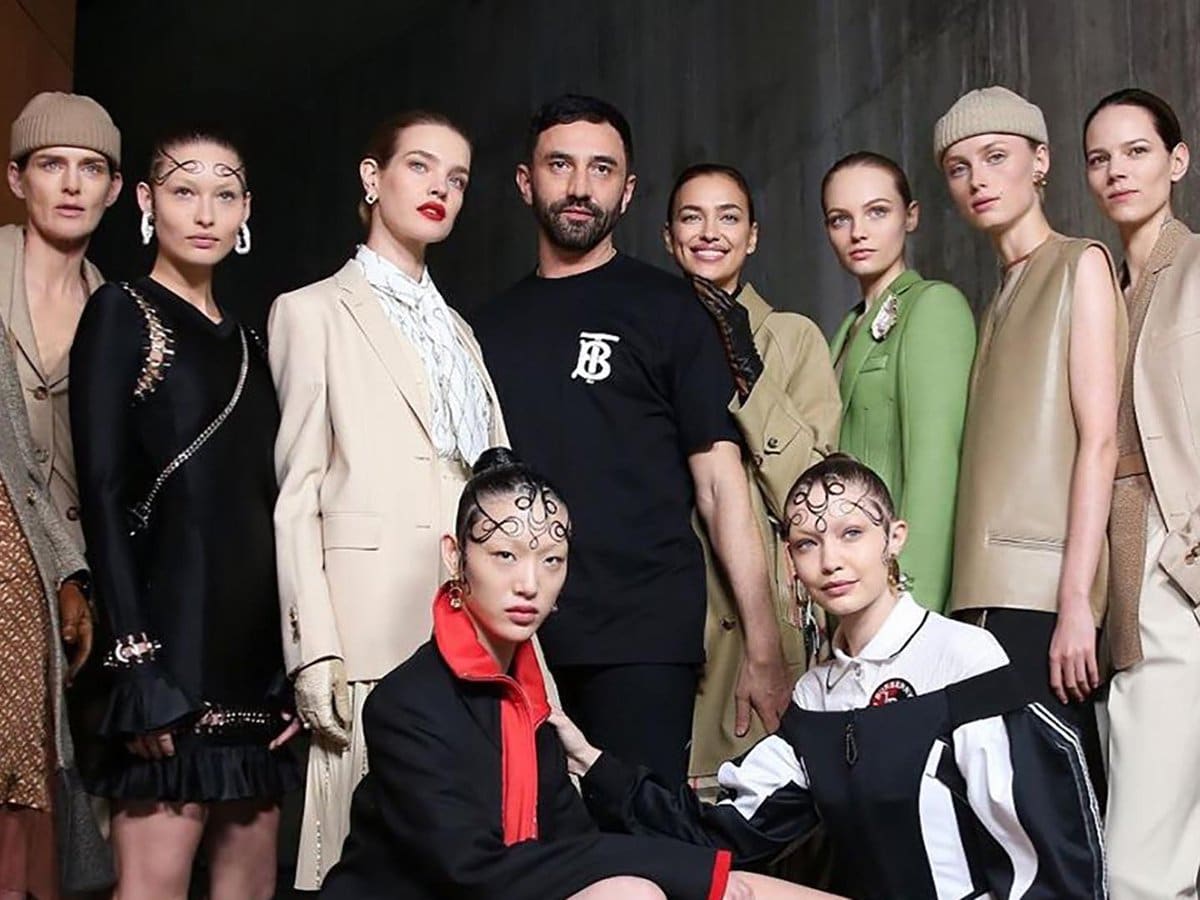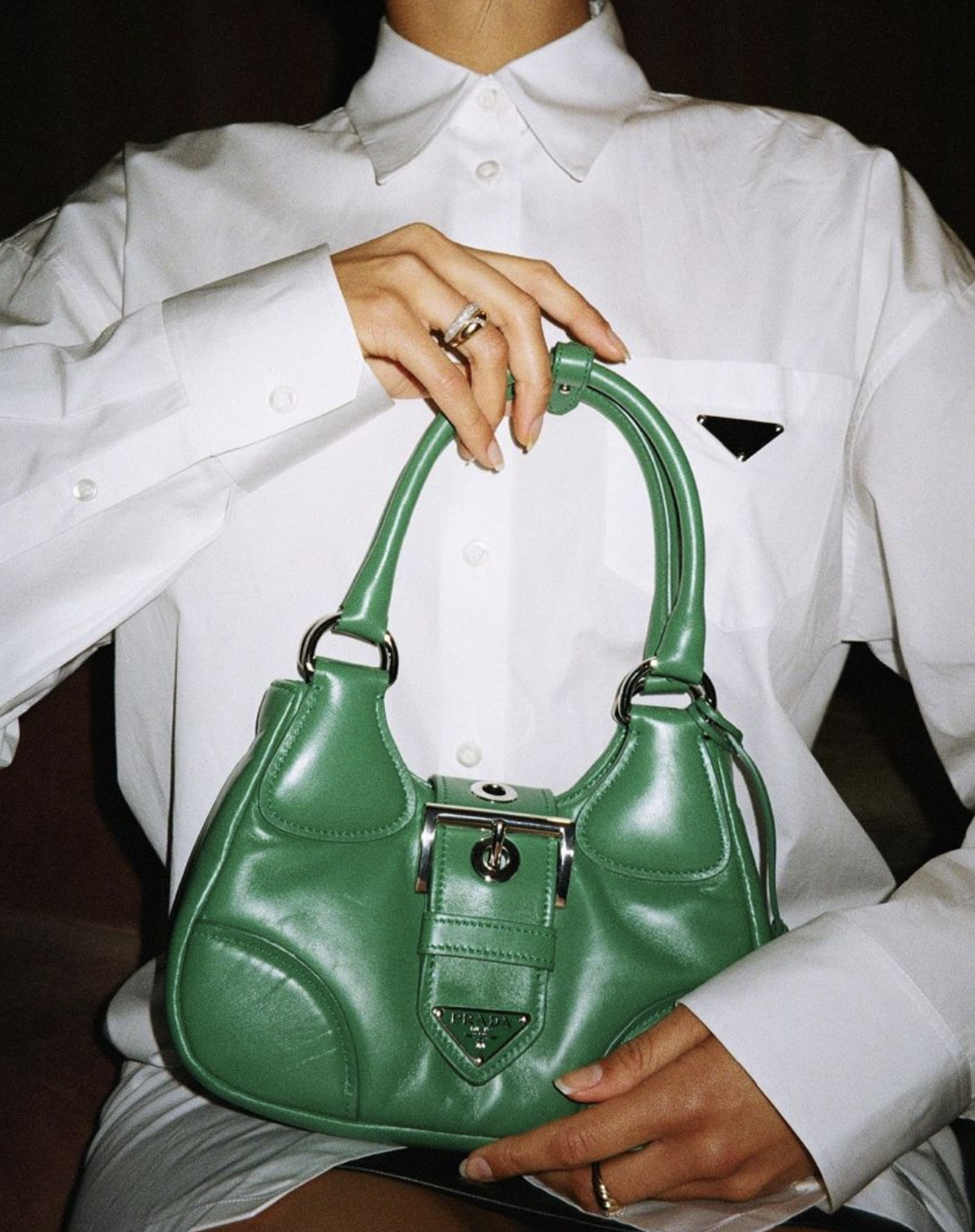Throughout the past two decades, Riccardo Tisci has emerged as one of the most influential figures at the crossroads of luxury fashion and streetwear. His approach, rooted in a thorough understanding of both haute couture and urban culture, has redefined the boundaries of what luxury streetwear represents today. Exploring his vision illuminates not only the evolution of this genre but also the wider shifts in the modern fashion industry.
Initial Impact and Perspective
Riccardo Tisci’s upbringing was crucial in forming his distinctive style. Originating from Taranto, Italy, Tisci eventually relocated to London to attend Central Saint Martins, a key school for innovative fashion. Entering the design world in the early 2000s, he developed a style characterized by contrasts: delicate romanticism combined with deep, nearly gothic, elements. This dual sensibility would define his subsequent work leading Givenchy and Burberry.
Even before streetwear became a buzzword in luxury circles, Tisci had already begun integrating elements commonly associated with street culture into high fashion. He drew from music subcultures, sports motifs, and the codes of hip hop, all without surrendering the technical rigor demanded by couture.
The Givenchy Revival: High-End Fashion Welcomes Urban Style
Tisci’s arrival as Creative Director of Givenchy in 2005 signified a pivotal shift. By taking strategic risks and embracing innovation, he transformed the traditional French brand to appeal to a fresher, more international demographic. Tisci’s menswear lines were particularly groundbreaking, introducing graphic tees, sweatshirts, creative tailoring, and bomber jackets, frequently embellished with striking designs and religious symbols.
One of the most iconic examples is the Givenchy Rottweiler sweatshirt from the Fall/Winter 2011 collection. Priced well above standard streetwear yet styled for casual wear, this garment became a status symbol. Celebrities and music artists, including Kanye West and Jay-Z, wore Tisci’s designs, amplifying the resonance of luxury streetwear. Tisci’s signature blend of high craftsmanship and accessible forms ultimately became a template for other luxury brands.
Collaborations and Celebrity Endorsements
Tisci realized the impact of partnerships and cultural connections. He often collaborated with streetwear legends and artists, expanding Givenchy’s fan base. His strong bond with Kanye West led to bespoke fashion items for the *Watch the Throne* tour, reinforcing the shared impact between hip hop and high-end brands.
Campaigns frequently featured a mix of top models and music artists. Tisci was the first to place a black male model on a Givenchy men’s runway, advocating for inclusivity in a sector that frequently ignored it. This approach, combined with street-style elements, played a role in reshaping the image of high-end luxury.
Design Guidelines: Fusion of Materials and Shapes
Another critical element in Tisci’s legacy is the hybrid nature of his creations. Tisci often juxtaposed formal tailoring with street culture silhouettes, blending materials like neoprene, jersey, and high-grade leathers. The visual language incorporated basketball shorts styled with blazers, oversized sweatshirts paired with intricately embroidered shirts, and backpacks finished with premium metal hardware. Through these choices, Tisci challenged the dichotomy between workwear and evening wear, suggesting new ways for men and women to express themselves.
The prominent use of prints—such as stars, animal motifs, and baroque flourishes—spawned countless imitations but also set the tone for a genre where street iconography was elevated to the status of lavish ornamentation.
Influence at Burberry: The Widening Access to Tradition
In 2018, Tisci became Chief Creative Officer at Burberry, a British heritage label with a distinct aesthetic. Within months, he released capsule streetwear collections featuring logo-centric garments, monogrammed accessories, and cross-category collaborations. His reworking of Burberry’s iconography—like introducing a new interlocked TB monogram—sent a clear signal that streetwear’s codes were integral to the brand’s future.
At Burberry, Tisci paralleled his Givenchy playbook, balancing classic trench coats with modern technical outerwear and sneaker designs. He championed street casting, featuring diverse models and influencers alongside traditional faces of the brand.
The Influence on Contemporary Luxury and Market Dynamics
Tisci’s approach to design precipitated critical shifts across the luxury sector. As a result, competitors such as Balenciaga, Louis Vuitton, and Dior have developed their own interpretations of luxury streetwear. Data from market analysts demonstrate that the category of luxury “athleisure” and street-inspired goods has seen compound annual growth rates in the double digits throughout the 2010s, aligning with the rise of designers like Tisci whose vision blurs the boundaries between exclusivity and urban authenticity.
Furthermore, the resale market for Tisci-era Givenchy pieces remains robust. The Rottweiler and Madonna tees have achieved near-iconic status, routinely fetching multiples of their original retail prices. This enduring cult appeal underscores the notion that luxury streetwear, when done with conviction and vision, can transcend seasonal trends.
Transforming Cultural Stories and Enduring Impact
The influence of Riccardo Tisci can be observed not just in clothing pieces or fashion lines, but also in the way culture perceives them. He promoted the concept that luxury doesn’t have to be distant or daunting; it can engage directly with urban culture and the lifestyle of the youth. His creations inspired a younger audience to desire luxury not merely through imaginative formal wear, but via everyday street-focused garments. By doing so, Tisci connected the gap between high fashion studios and the vibrant spirit of urban environments, transforming the goals of designers, labels, and customers alike.
Tisci’s story is that of a designer who anticipated the seismic shift in fashion from exclusivity to inclusivity, and from tradition to innovation. His work demonstrates the potential for cross-pollination between seemingly disparate worlds, establishing a framework that continues to inspire the evolution of luxury streetwear.





